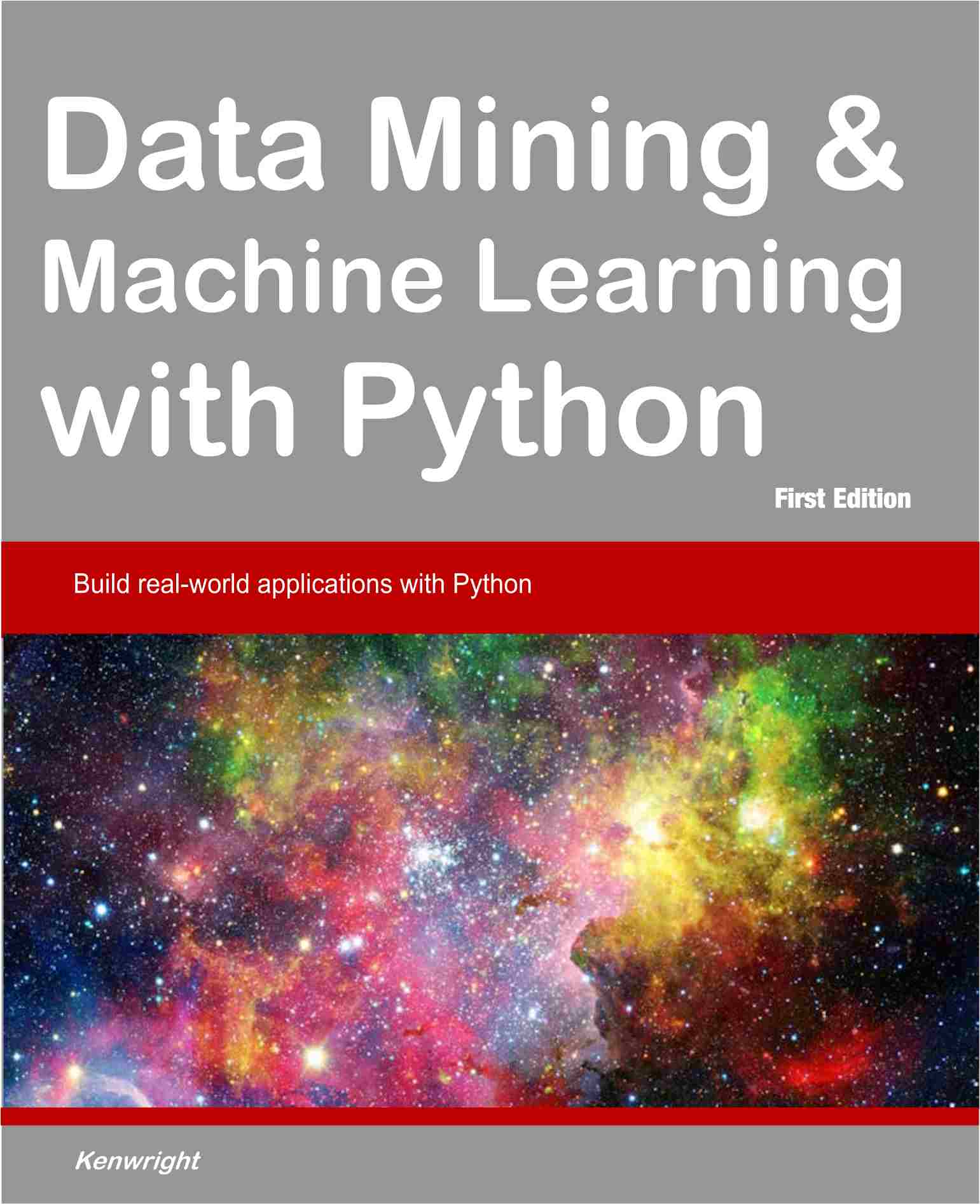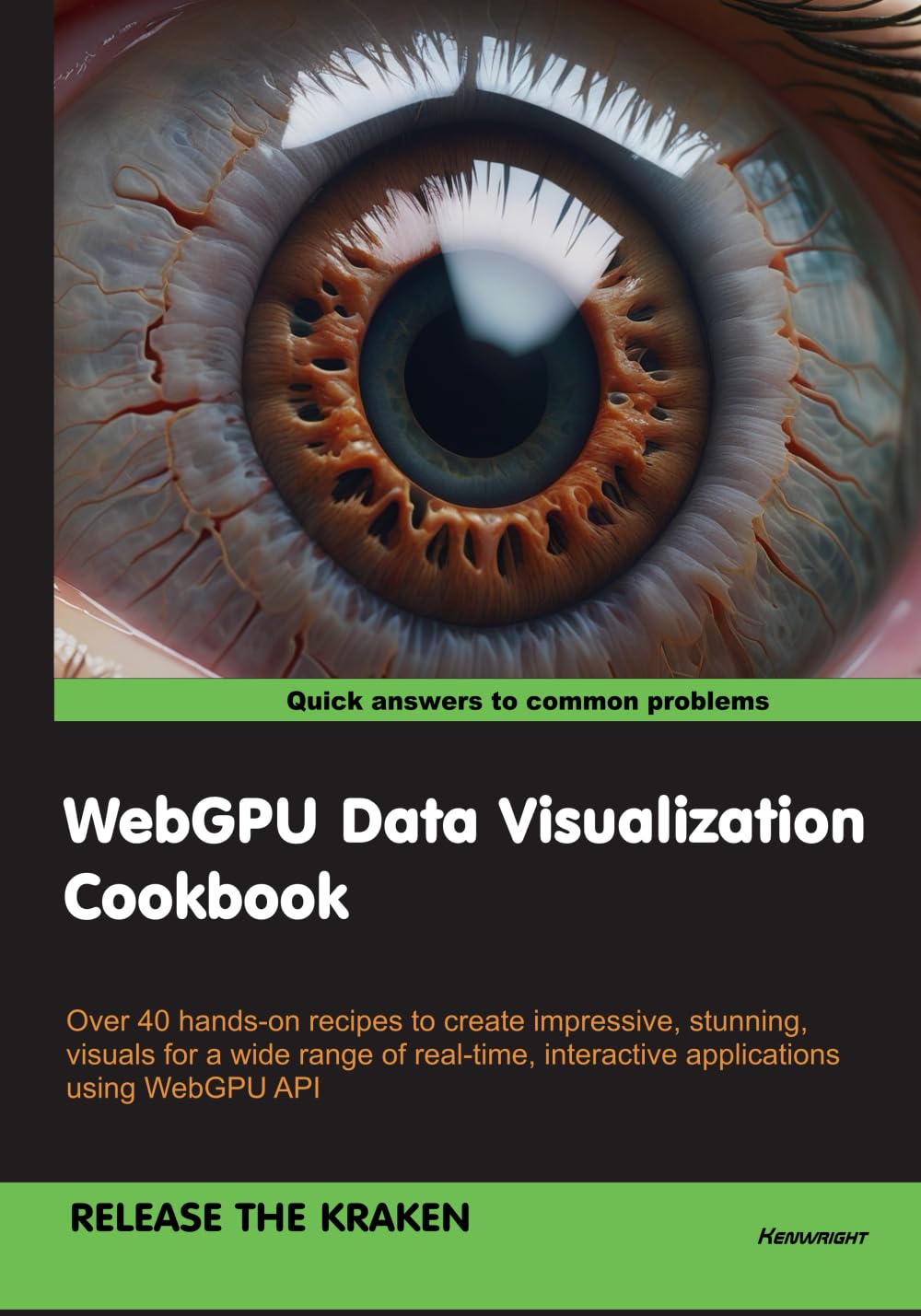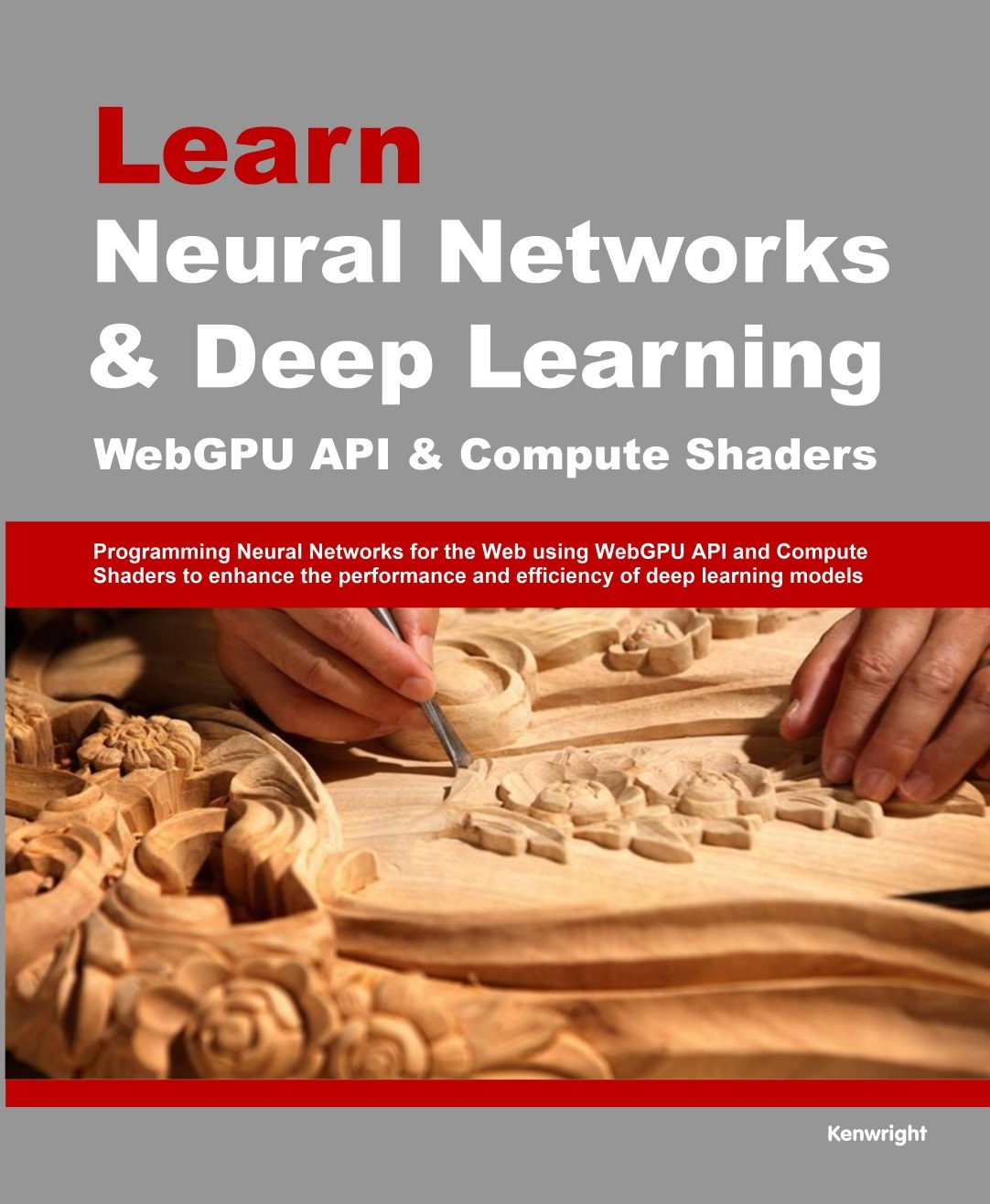Markov chains use the principle of past history to predict future values - they're a common in text processing - so if you have a couple of words, only certain words are next. They can even be used for image processing, such as, image segmentation and restoration.
One common approach involves treating pixels or image patches as states in a Markov chain, where the transition probabilities between states are determined by the similarity of neighboring pixels or patches. Modeling the spatial relationships between pixels or patches using Markov chains, it becomes possible to segment an image into regions with similar characteristics or to restore degraded images by predicting missing or noisy pixel values based on their surroundings.
Live example in Javascript that demonstrates the concept (generating new pixels based on neighboring pixel values from the original image).
This code loads an image onto a canvas, then builds a Markov Chain for the pixels where each pixel's neighbors are stored as possible next pixels. Finally, it scrolls the image to the right, generating new pixels on the left using the Markov Chain.
Click to expand and view Javascript code
<canvas id="canvas" width="800" height="600"></canvas>
</center>
<script>
const canvas = document.getElementById('canvas');
const ctx = canvas.getContext('2d');
const image = new Image();
image.src = './test-image.jpg'; // Replace this with your own image (try other images)
image.onload = function() {
ctx.drawImage(image, 0, 0, canvas.width, canvas.height);
const imageData = ctx.getImageData(0, 0, canvas.width, canvas.height);
const pixels = imageData.data;
// Function to get a pixel from its x, y coordinates
const getPixel = (x, y) => {
const index = (y * canvas.width + x) * 4;
return [pixels[index], pixels[index + 1], pixels[index + 2], pixels[index + 3]];
};
// Function to set a pixel at its x, y coordinates
const setPixel = (x, y, pixel) => {
const index = (y * canvas.width + x) * 4;
pixels[index] = pixel[0];
pixels[index + 1] = pixel[1];
pixels[index + 2] = pixel[2];
pixels[index + 3] = pixel[3];
};
// Build Markov Chain for pixels
const markovChain = {};
for (let y = 0; y < canvas.height; y++) {
for (let x = 0; x < canvas.width; x++) {
const currentPixel = getPixel(x, y);
const neighbors = [];
for (let dy = -1; dy <= 1; dy++) {
for (let dx = -1; dx <= 1; dx++) {
if (dx === 0 && dy === 0) continue; // Skip current pixel
const nx = x + dx;
const ny = y + dy;
if (nx >= 0 && nx < canvas.width && ny >= 0 && ny < canvas.height) {
neighbors.push(getPixel(nx, ny));
}
}
}
markovChain[currentPixel.toString()] = neighbors;
}
}
// Scroll image
let offset = 0;
const scrollSpeed = 1;
setInterval(() => {
// Shift pixels to the right
for (let y = 0; y < canvas.height; y++) {
for (let x = canvas.width - 1; x > 0; x--) {
const pixel = getPixel(x - 1, y);
setPixel(x, y, pixel);
}
}
// Generate new pixels on the left using Markov Chain
for (let y = 0; y < canvas.height; y++) {
const lastPixel = getPixel(0, y);
const nextPixel = markovChain[lastPixel.toString()][Math.floor(Math.random() * markovChain[lastPixel.toString()].length)];
setPixel(0, y, nextPixel);
}
ctx.putImageData(imageData, 0, 0);
offset += scrollSpeed;
}, 100); // Adjust interval as needed
};
</script>
The implementation is limited, but takes the concept of 'pixel generation' beyond simply adding 'random' pixels - but instead the new pixels are added based on the current pictures pixel neighbor values.
Exploiting the spatial dependencies captured by Markov chains, these techniques can effectively address various challenges in image processing, such as noise reduction, edge preservation, and texture
Not all Peaches and Cream
While Markov chains offer valuable tools for image processing, they come with several disadvantages and challenges. One limitation is their assumption of spatial homogeneity, which may not hold true for complex images with diverse textures and structures. Markov chains typically model local dependencies between neighboring pixels, but they may fail to capture long-range dependencies or global patterns present in the image. As a result, they might struggle in scenarios where context information from distant regions is crucial for accurate image analysis, such as in object recognition or scene understanding tasks.
We're not in the quantum era yet - with unlimited processing power! And Markov chain algorithms can be very computationally expensive, especially for high-resolution images. Estimating transition probabilities or performing inference in large-scale Markov random fields (MRFs) often involves computationally intensive procedures such as iterative optimization or Monte Carlo sampling, which can be time-consuming and resource-intensive. Additionally, the effectiveness of Markov chain models heavily depends on the choice of parameters and the design of the model itself, which can be challenging to tune and may require expert knowledge in image processing and probabilistic modeling.
Markov chains provide powerful tools for certain image processing tasks, their applicability and performance may be limited in more complex and demanding scenarios.
Thinks to Try • Mix in some randomness (every now and then insert a random pixel color instead of the Markov one)
• Blur the generated pixels (smooth the new pixels)
• Blocks of pixels instead of individual pixels, if you look at the test picture, you'll be able to see 7x6 groups, instead of insert a single pixel, insert a block (e.g., try different block sizes - use the 'average' pixel value as the looking/neighbor link)
• Start 'half' way (so you have a real-image to compare the generated pixel with) - as new pixels are generated compare them with what the ideal pixel values are (try and plot the difference over time/chart or plot)
• Instead of scrolling the image - just randomly jump around the image and replace pixels with the markov chain value - keep doing this and see how the image changes (it's like adding controlled noise)
• Taking many Markov values and using the 'average' (get 4+ values and use the average instead of a single choice)
• Try longer chains for 'single' pixels - so it's not just the one past pixel value - but 2 or 3...
• Uncrop program - not just scrolling but uncrops all the sides of an image by x pixels (select the image and it shows you the result)
• Modify the program so it uses the last pixel, but randomly uses a markov pixel instead (mix of bleeding the last pixel and markov)
 | Resources |  |
• Notebook project test code [LINK]
• Markov Chains and Text Generation [LINK]
 |
Other Data Mining and Machine Learning Texts |
 |















|